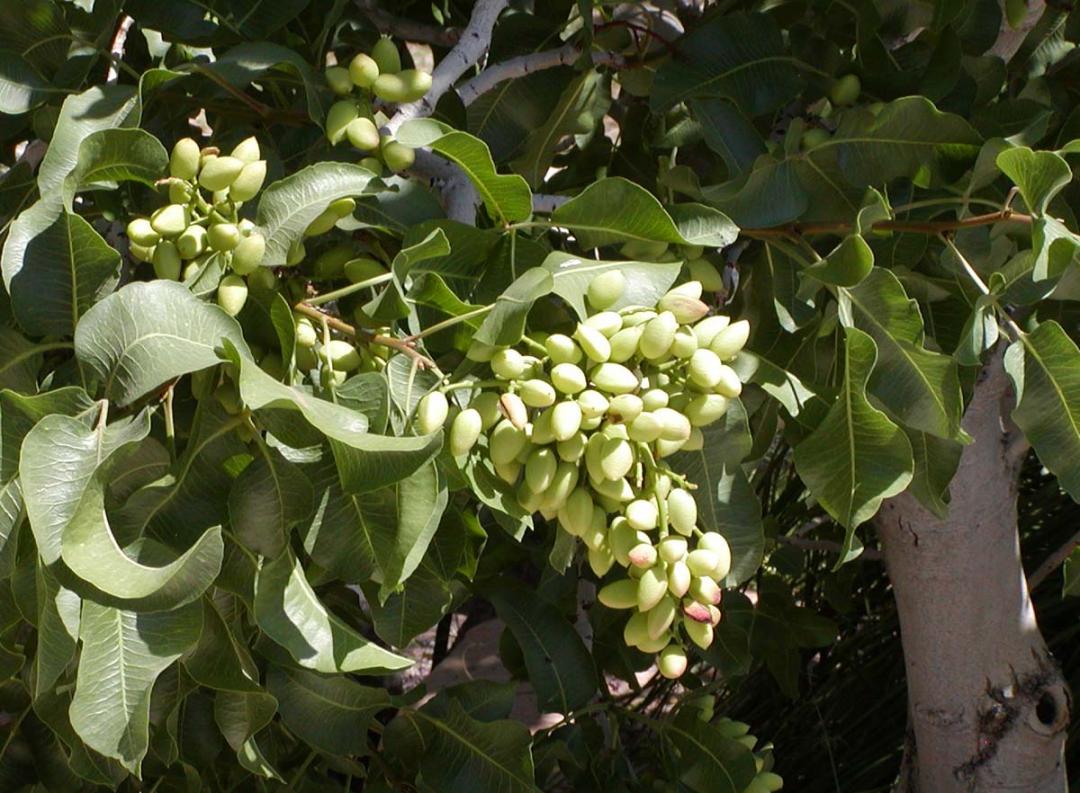Kerman’s unripe pistachio is a hot commodity in the global market today, a significant part of which is headed to the European countries, Persian Gulf littoral states and other Arab states as well as Russia and Japan.
Currently pistachio dealers are purchasing unripe pistachios and export them to the target markets. Advertisements for unripe pistachios are in evidence in the streets of southeastern cities of Kerman, Rafsanjan, Sirjan and Zarand.
The chairman of Kerman Province’s Pistachios Cooperative Union says pistachios grown in Kerman enjoy high quality and has maintained its well-deserved reputation despite huge investments by other countries in the production of the nut.
The harvest time of unripe pistachio has begun and the international market constitutes a substantial percentage of its buyers, Mehr News Agency quoted Jalil Mazhari as saying.
“Harvest of this kind of pistachios will continue until the crops ripen in late August,” he said, “Kerman Province produces the lion’s share of world’s pistachios; it is of great importance to direct our planning toward securing foreign currency and improving production and exports.”
The cities of Rafsanjan, Kerman, Anar, Sirjan, Zarand and Ravar have the biggest area under pistachio cultivation in Kerman Province
“We predict that problems resulting from sanctions [imposed on Iran by the US, EU and the UN Security Council over Iran’s nuclear program] will have been resolved by the time the official harvest of pistachios begins. Therefore, exports will kick off in the coming months,” Jalil Mazhari added.
Drought coupled with lack of supportive policies on the part of government has led to loss of a considerable part of US, Europe and even Arab countries’ markets, but the distinctive taste and quality of Iranian pistachios continue to appeal to the traditional markets, he noted.
Mohsen Jalalpour, head of Iran Chamber of Commerce, Industries, Mines and Agriculture who also serves as the head of Kerman Chamber of Commerce, believes that pistachio is a strategic product among Iran’s non-oil exports and a large part of the international market relies on Iran for supplies.
Pistachio exports earn $1.2 to $1.7 billion in foreign currency every year and constitute 11% of Iran’s total non-oil exports, according to Jalalpour.
“Production and exports of pistachios have gone smoothly in recent years. The sanctions years even saw a rise in exports,” he said.
Demand for unripe pistachio is minimal in the domestic market and most of it is exported, he added.
Jalalpour referred to the shortage of water as the main constraint for farmers in Kerman and said, “Growing pistachio is on the rise in the US and Turkey but here in Iran, which is the heart of world’s pistachio production, we are grappling with critical shortage of water. We need to work out a comprehensive solution to this problem.”
Most people in Kerman Province pursue a career in agriculture.
Figures released by the Islamic Republic of Iran Customs Administration show that the export of 23,000 tons of pistachio in the first quarter of the current Iranian year (started March 21) earned $190 million, which makes pistachio Iran’s eighth most profitable export over the period.
The US, itself a major pistachio producer, is considered a good market for the Iranian nut. However, Iranian imports face 300% duties in the United States as the country seeks to protect American producers.
Jalalpour is confident, though, that Iranian pistachios have a special advantage. “Americans like the taste of Iranian pistachios more than their own,” he said.


